Architect Richard Parr perfects working from home with his Cotswolds office extension
Cotswolds-based architect Richard Parr has converted a 19th century agricultural building into a modern studio addition for his practice, which is located in the countryside next to his home, in Easter Park Farm
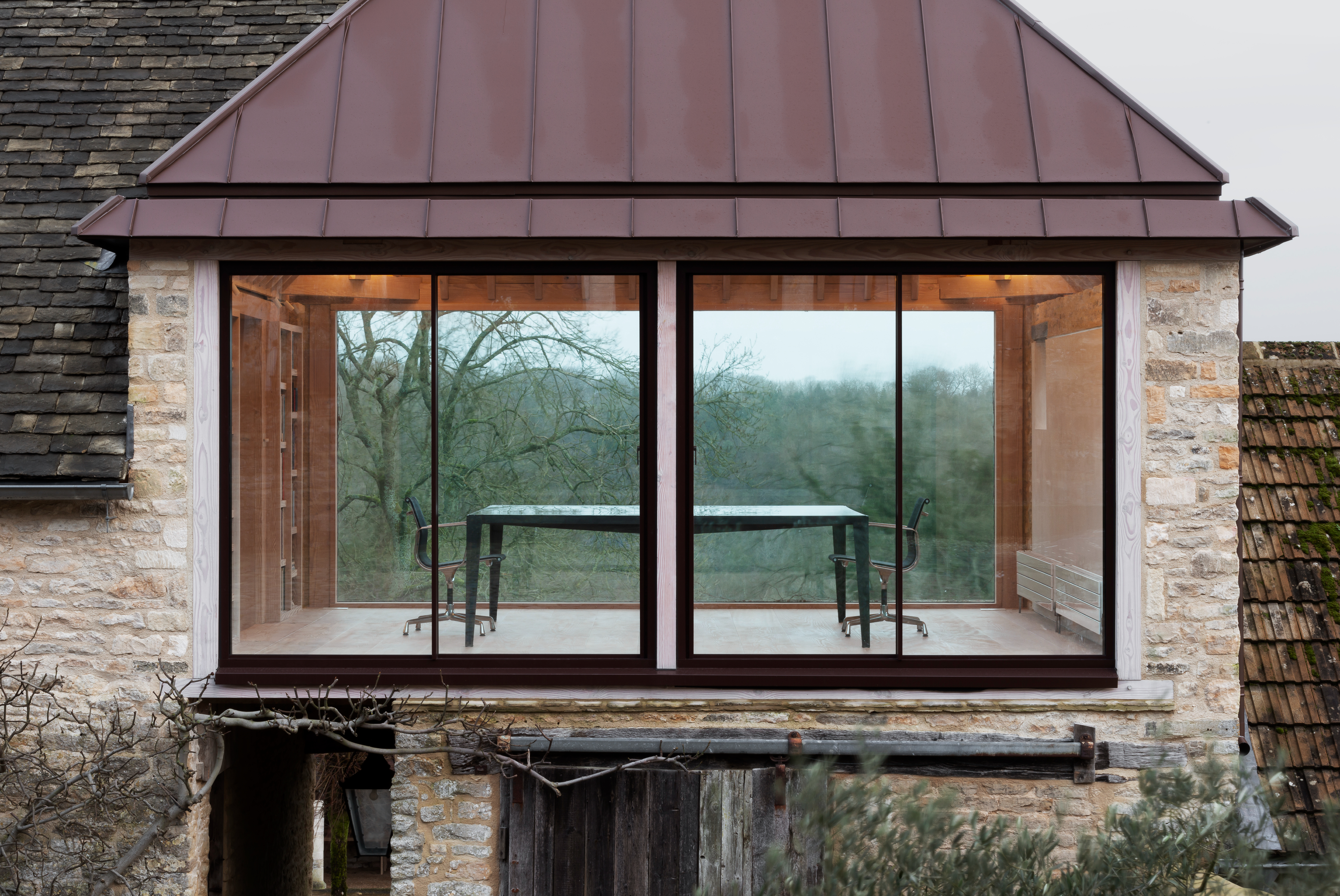
Gilbert McCarragher - Photography
When architect Richard Parr moved to the Cotswolds 15 years ago, to live and set up his studio and workspace, it was a pretty radical move. However, he only saw advantages, such as eliminating his commute, getting more space for his money, spending more time with his family, and being closer to nature and a more sustainable way of living. His bet paid off big, not least now, when we all find ourselves working from home and juggling work and family life on a different level entirely.
Parr, a working-from-home veteran now, has in fact just completed a new extension to his countryside studio – the conversion of a 19th century agricultural barn on his property. His original studio contained eight workstations, occupying buildings that were formerly a hayloft, cow shed, dairy barn and a bull pen. The new addition offers valuable extra space to the small but dynamic practice in what was a grain loft, one of the last remaining buildings to be converted on the estate.
‘My life is my work, I enjoy living the way I design for other people, so why separate it? This is also a testing ground for ideas,' says Parr, who admits that some infrastructure work was needed before everything could work smoothly. ‘Fast broadband throughout has made it all work as well. Investment was needed and I brought in fibreoptic some years back.'
The ground floor contains an entrance with informal client meeting space and breakout room; the upper level houses workspace and a timber pod containing a shower room and kitchen. The colour palette ranges from neutral, natural colours (such as the exposed wood), to darker tones, and original materials, such as the old rustic stone walls, sit effortlessly side by side with recycled rubber flooring, a ceiling comprised of wood wool panels and raw plaster paint colour.
The composition even contains a wooden panelled wall, handmade by Berthold Lubetkin and rescued from a farmhouse in a neighbouring village where the Modernist architect once stayed. This mixing of old and new is a challenge Parr relished: ‘What you start with is a character, what you have to end up with is an enrichment and projection of that character into the future. It’s also a balance, too much of either can kill the other. Both need to live and exist with a certain tension.'
And now that he's added the latest element to his work/life campus, is there anything he'd do differently? ‘I would have done more extensive groundwork and landscaping at the outset,' he says. ‘I have done masses but it is a long term process and life is short.'
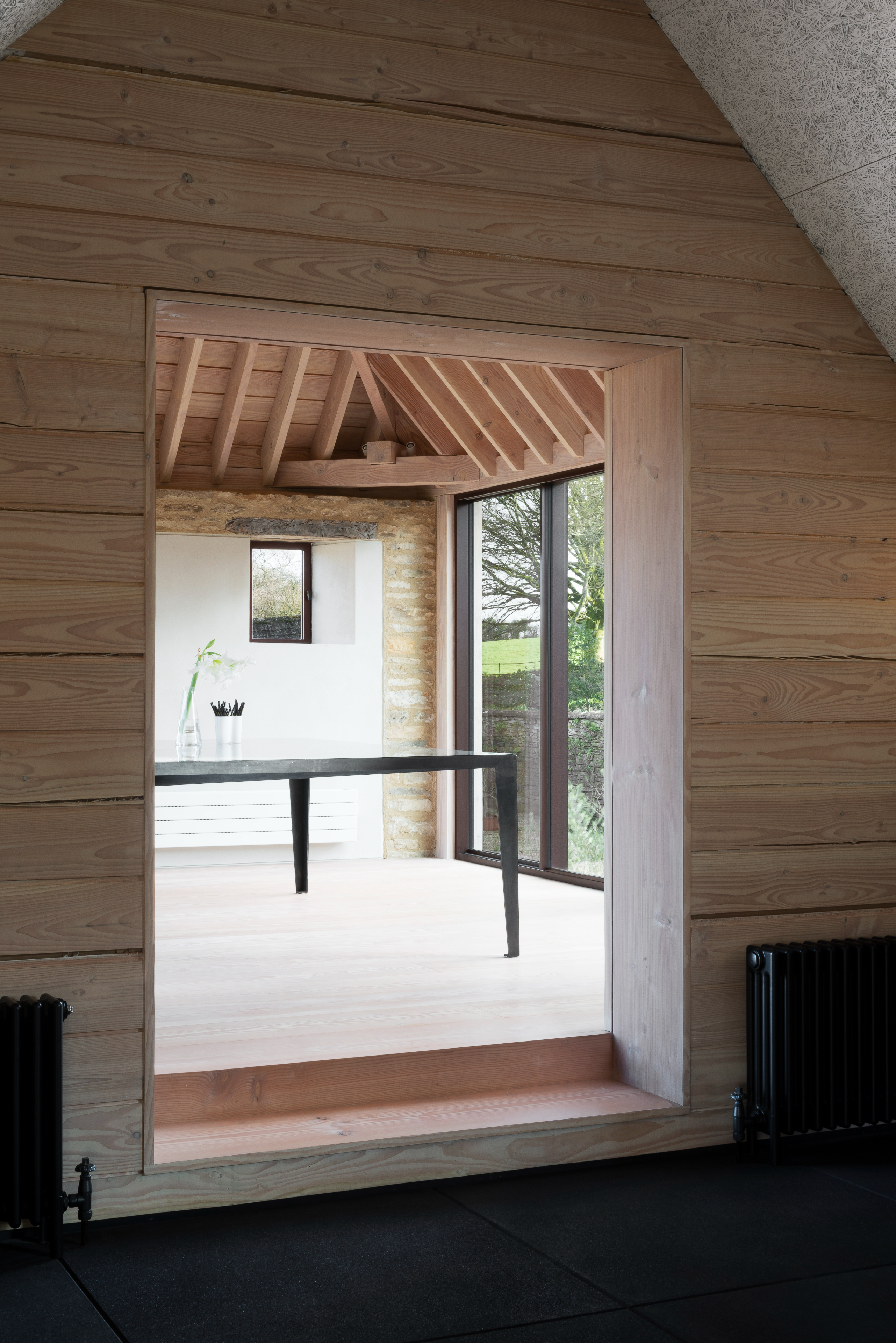

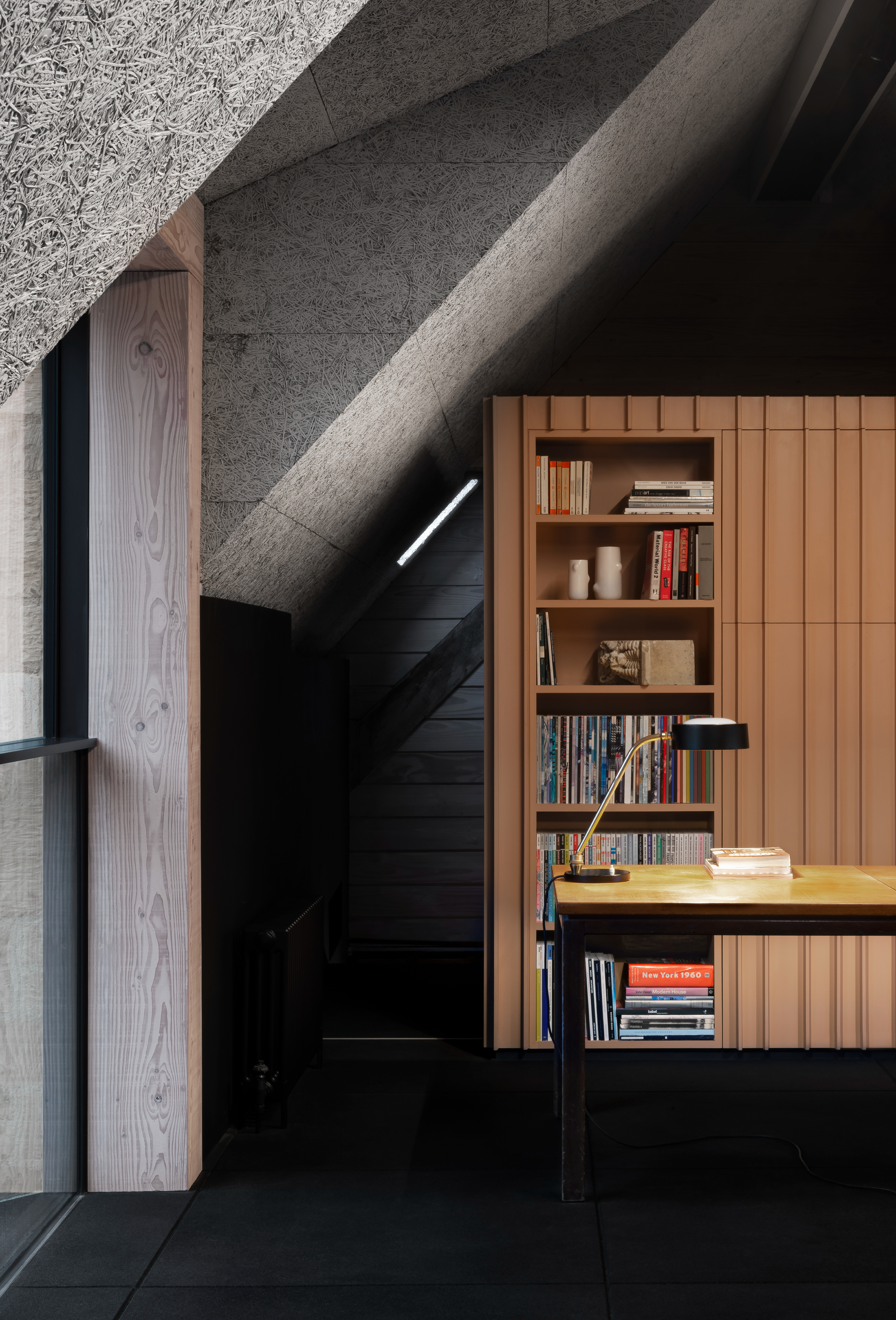
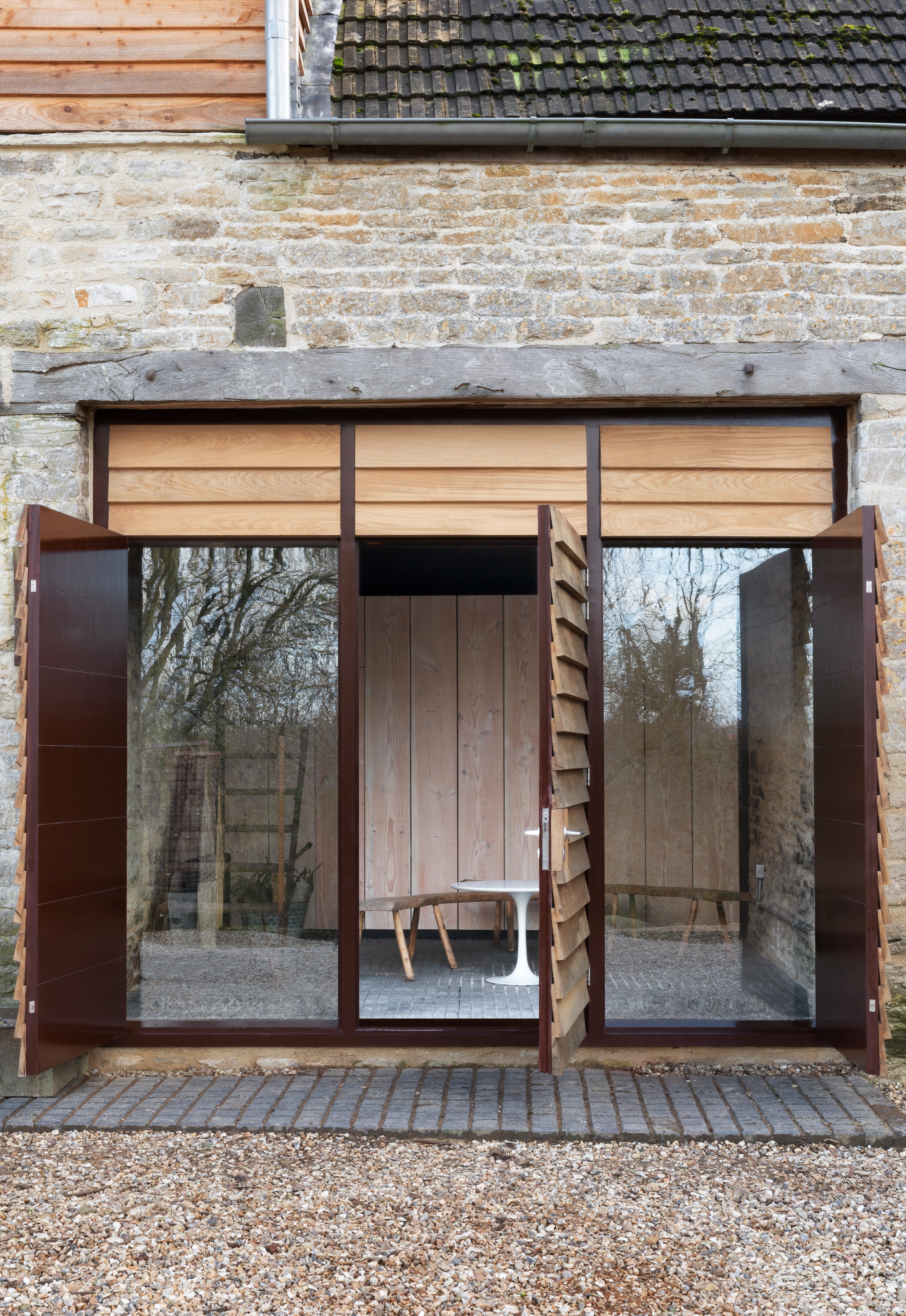
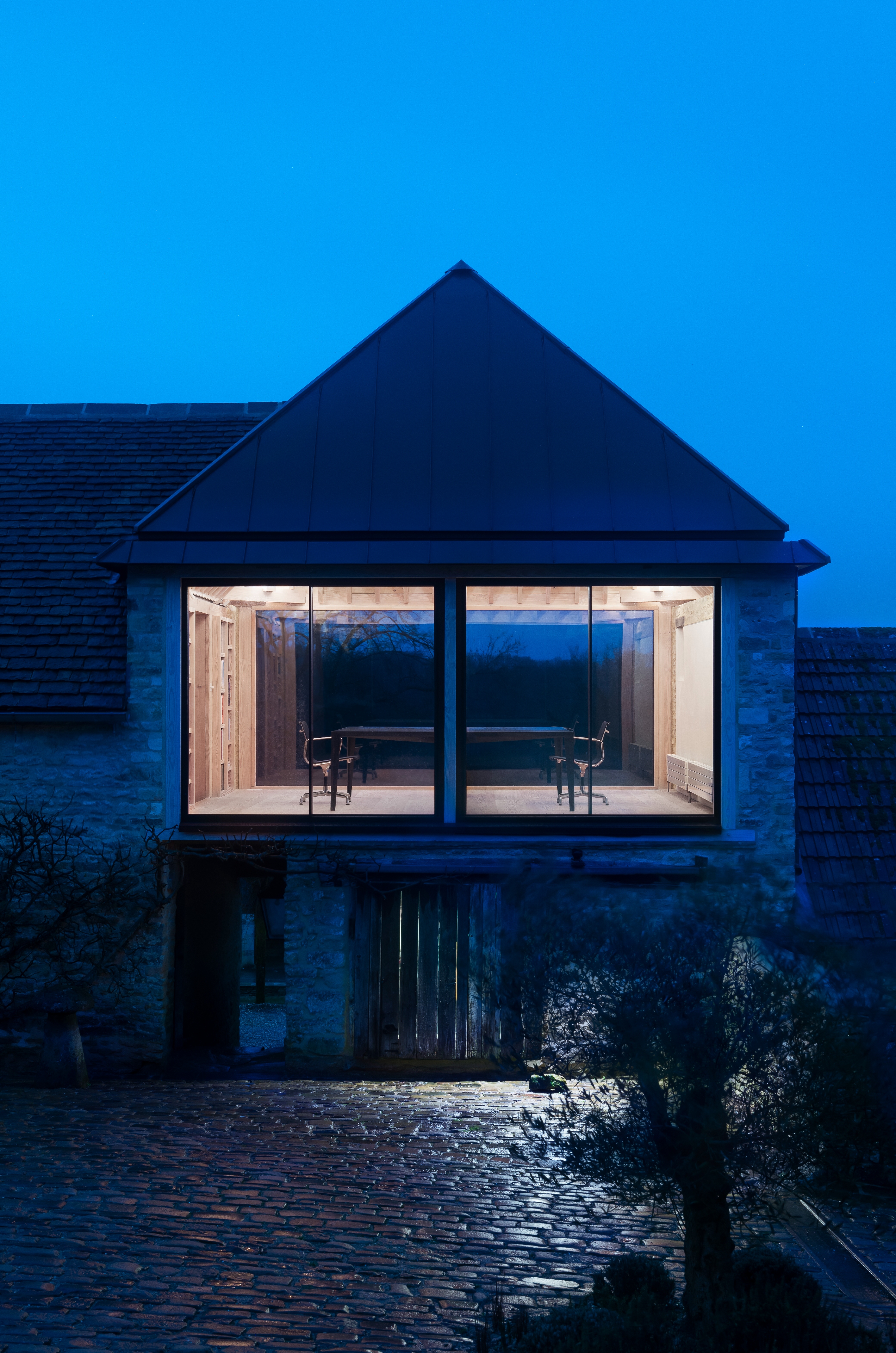
INFORMATION
Wallpaper* Newsletter
Receive our daily digest of inspiration, escapism and design stories from around the world direct to your inbox.
Ellie Stathaki is the Architecture & Environment Director at Wallpaper*. She trained as an architect at the Aristotle University of Thessaloniki in Greece and studied architectural history at the Bartlett in London. Now an established journalist, she has been a member of the Wallpaper* team since 2006, visiting buildings across the globe and interviewing leading architects such as Tadao Ando and Rem Koolhaas. Ellie has also taken part in judging panels, moderated events, curated shows and contributed in books, such as The Contemporary House (Thames & Hudson, 2018), Glenn Sestig Architecture Diary (2020) and House London (2022).
-
 All-In is the Paris-based label making full-force fashion for main character dressing
All-In is the Paris-based label making full-force fashion for main character dressingPart of our monthly Uprising series, Wallpaper* meets Benjamin Barron and Bror August Vestbø of All-In, the LVMH Prize-nominated label which bases its collections on a riotous cast of characters – real and imagined
By Orla Brennan
-
 Maserati joins forces with Giorgetti for a turbo-charged relationship
Maserati joins forces with Giorgetti for a turbo-charged relationshipAnnouncing their marriage during Milan Design Week, the brands unveiled a collection, a car and a long term commitment
By Hugo Macdonald
-
 Through an innovative new training program, Poltrona Frau aims to safeguard Italian craft
Through an innovative new training program, Poltrona Frau aims to safeguard Italian craftThe heritage furniture manufacturer is training a new generation of leather artisans
By Cristina Kiran Piotti
-
 A new London house delights in robust brutalist detailing and diffused light
A new London house delights in robust brutalist detailing and diffused lightLondon's House in a Walled Garden by Henley Halebrown was designed to dovetail in its historic context
By Jonathan Bell
-
 A Sussex beach house boldly reimagines its seaside typology
A Sussex beach house boldly reimagines its seaside typologyA bold and uncompromising Sussex beach house reconfigures the vernacular to maximise coastal views but maintain privacy
By Jonathan Bell
-
 This 19th-century Hampstead house has a raw concrete staircase at its heart
This 19th-century Hampstead house has a raw concrete staircase at its heartThis Hampstead house, designed by Pinzauer and titled Maresfield Gardens, is a London home blending new design and traditional details
By Tianna Williams
-
 An octogenarian’s north London home is bold with utilitarian authenticity
An octogenarian’s north London home is bold with utilitarian authenticityWoodbury residence is a north London home by Of Architecture, inspired by 20th-century design and rooted in functionality
By Tianna Williams
-
 What is DeafSpace and how can it enhance architecture for everyone?
What is DeafSpace and how can it enhance architecture for everyone?DeafSpace learnings can help create profoundly sense-centric architecture; why shouldn't groundbreaking designs also be inclusive?
By Teshome Douglas-Campbell
-
 The dream of the flat-pack home continues with this elegant modular cabin design from Koto
The dream of the flat-pack home continues with this elegant modular cabin design from KotoThe Niwa modular cabin series by UK-based Koto architects offers a range of elegant retreats, designed for easy installation and a variety of uses
By Jonathan Bell
-
 Are Derwent London's new lounges the future of workspace?
Are Derwent London's new lounges the future of workspace?Property developer Derwent London’s new lounges – created for tenants of its offices – work harder to promote community and connection for their users
By Emily Wright
-
 Showing off its gargoyles and curves, The Gradel Quadrangles opens in Oxford
Showing off its gargoyles and curves, The Gradel Quadrangles opens in OxfordThe Gradel Quadrangles, designed by David Kohn Architects, brings a touch of playfulness to Oxford through a modern interpretation of historical architecture
By Shawn Adams